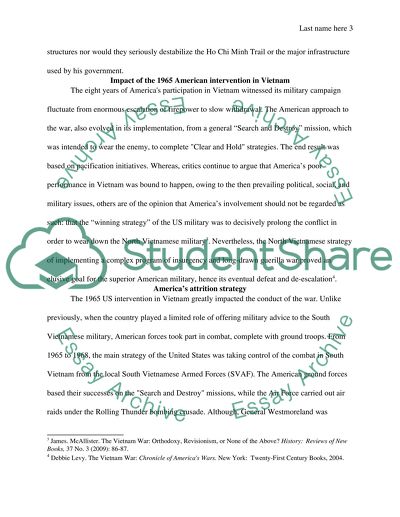Cite this document
(“The Vietnam Wars Paper Research Example | Topics and Well Written Essays - 1750 words”, n.d.)
The Vietnam Wars Paper Research Example | Topics and Well Written Essays - 1750 words. Retrieved from https://studentshare.org/history/1454224-the-vietnam-wars
The Vietnam Wars Paper Research Example | Topics and Well Written Essays - 1750 words. Retrieved from https://studentshare.org/history/1454224-the-vietnam-wars
(The Vietnam Wars Paper Research Example | Topics and Well Written Essays - 1750 Words)
The Vietnam Wars Paper Research Example | Topics and Well Written Essays - 1750 Words. https://studentshare.org/history/1454224-the-vietnam-wars.
The Vietnam Wars Paper Research Example | Topics and Well Written Essays - 1750 Words. https://studentshare.org/history/1454224-the-vietnam-wars.
“The Vietnam Wars Paper Research Example | Topics and Well Written Essays - 1750 Words”, n.d. https://studentshare.org/history/1454224-the-vietnam-wars.


